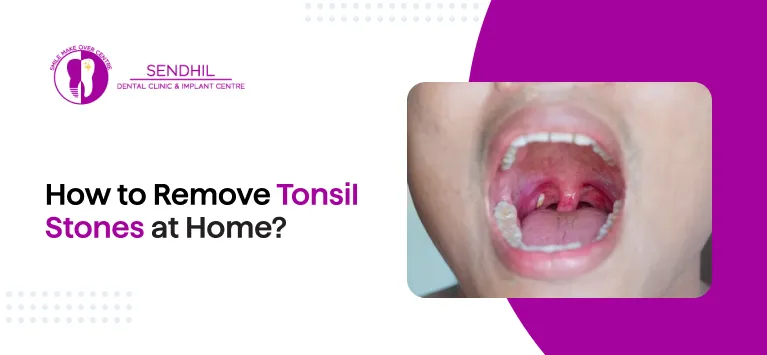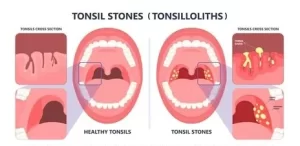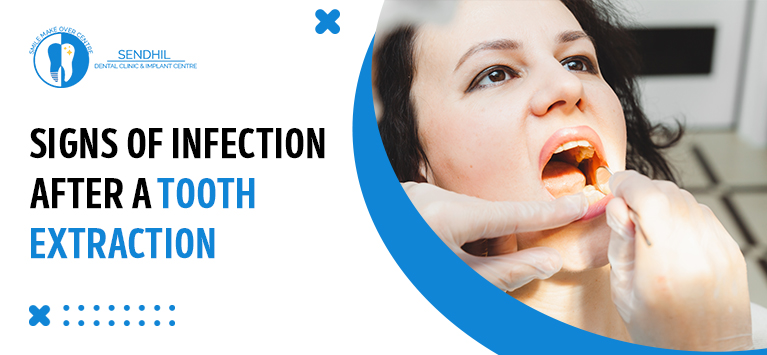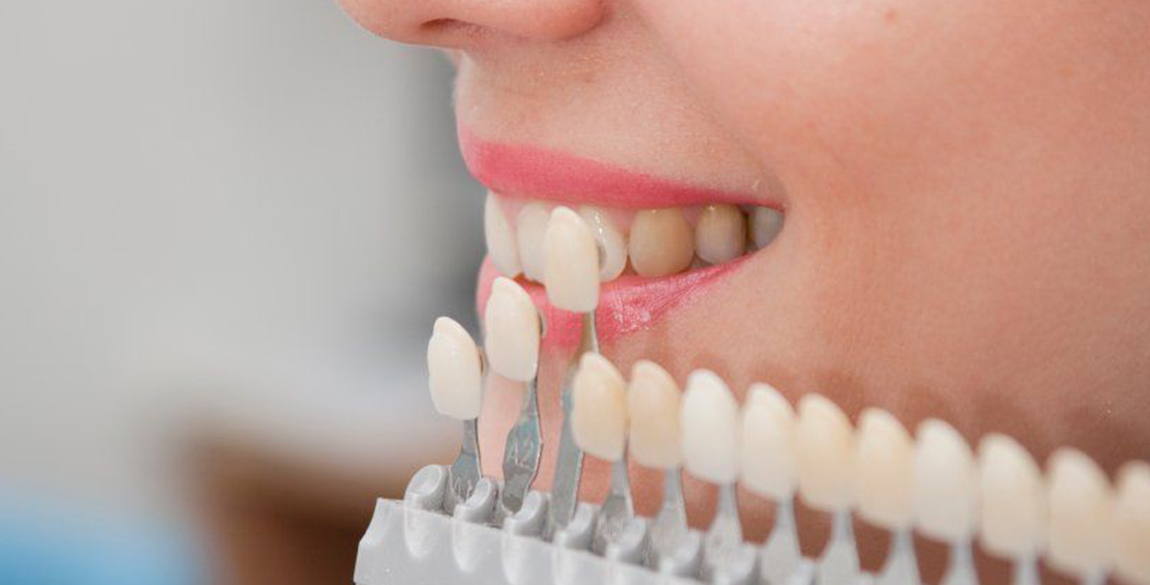
How to Remove Tonsil Stones at Home?
Tonsil stones, also known as tonsilloliths, are small, hard deposits that form in the crevices of the tonsils. These stones can cause discomfort, bad breath, and even a sore throat. If you’ve ever wondered how to remove tonsil stones at home or how to get rid of tonsil stones fast, you’re not alone. Many people face this issue and seek effective, non-invasive ways to eliminate tonsil stones without seeing a doctor. In this article, we’ll explore practical methods for tonsil stone removal, answer common questions, and provide tips on how to prevent future occurrences.
Table of Contents
What Are Tonsil Stones?

The tonsils are part of the lymphatic system and are responsible for trapping bacteria and viruses that enter through the mouth. In some cases, debris like food particles, dead cells, and bacteria can get trapped in the crevices of the tonsils, forming small, calcified lumps called tonsil stones. These stones can vary in size and may be difficult to spot, but they can lead to symptoms such as bad breath, a sore throat, difficulty swallowing, and ear pain.
How to Remove Tonsil Stones at Home?
If you are looking for ways to remove tonsil stones at home, several methods can help you safely dislodge or eliminate them. Below are some effective techniques:
Gaggle with Salt Water
One of the easiest and most common ways to remove tonsil stones is by gargling with warm salt water. Salt water helps loosen the stones and can reduce inflammation in your throat. Here’s how to do it:
- Mix 1 teaspoon of salt in a cup of warm water.
- Gargle the solution for 30 seconds to 1 minute.
- Repeat this process several times a day until the stones are dislodged.
This method not only helps in removing tonsil stones but also helps soothe your throat and promote overall oral hygiene.
Use a Cotton Swab or Q-tip
If you can see your tonsil stones, using a cotton swab or Q-tip can be an effective way to remove them. Here’s how to do it:
- Wash your hands thoroughly before touching your tonsils.
- Stand in front of a mirror with good lighting and gently open your mouth.
- Using a clean cotton swab or Q-tip, gently press on the tonsil area around the stones.
- Apply light pressure to dislodge the tonsil stone.
- Be cautious not to push too hard to avoid injuring your tonsils.
Use a Water Flosser
A water flosser, also known as an oral irrigator, is a tool that uses a stream of water to clean the mouth and can help dislodge tonsil stones. Here’s how to use it:
- Set the water flosser to the lowest pressure setting.
- Direct the water stream towards the affected tonsil.
- Slowly move the flosser around the tonsils to dislodge the stone.
- Repeat if necessary, but be careful not to apply too much pressure to avoid irritation.
Coughing
In some cases, a strong cough may help expel tonsil stones naturally. The vibrations from a cough can cause the stones to loosen and come out on their own. This method may not work for all cases, but it’s worth trying if the stones are small and close to the surface.
Use a Gargle with Hydrogen Peroxide
Hydrogen peroxide is another option for loosening tonsil stones. It has mild antibacterial properties and can help dislodge the stones. Mix equal parts of hydrogen peroxide (3%) and water, and gargle the mixture for 30 seconds. Repeat the process twice a day if necessary. Be cautious not to swallow the solution.
Manual Removal Using a Finger
Some people find success in removing tonsil stones by using their fingers. After washing your hands thoroughly, you can try to remove the stones by gently pressing on the tonsil area with your finger. However, this method can be uncomfortable, and there’s a risk of causing injury, so proceed with caution.
Using Tonsil Stone Removal Tools
How to use tonsil stone removal? To use a tonsil stone removal tool safely, follow these steps:
Choose the Right Tool
– Tonsil stone removal tools typically have a small, curved tip or a soft, flexible design. You can find them online or at pharmacies
Prepare Your Mouth
– Rinse your mouth with warm saltwater to loosen the stones and reduce bacteria.
– Sit in a well-lit area or use a mirror to see your tonsils clearly.
Use the Tool Gently
– Insert the Tool: Gently place the tip of the removal tool near the tonsil where the stone is located.
– Dislodge the Stone: Apply gentle pressure to nudge the stone out. Be careful not to apply too much force, as it may cause injury.
– Do Not Scratch: Avoid using sharp or hard objects, as these can injure the tonsil tissue.
Clean the Tool
– After each use, clean the tool thoroughly with soap and warm water to prevent bacteria buildup.
Aftercare
– Gargle with salt water again after removal to soothe the area and prevent infection.
– Brush your teeth and tongue to maintain good oral hygiene.
How to Get Tonsil Stones Out Without Gagging?
A common concern when trying to remove tonsil stones is the gag reflex. Here are some tips on how to get tonsil stones out without gagging:
Relax: Anxiety can trigger the gag reflex. Try to stay calm and take slow, deep breaths before attempting any removal technique.
Use a Saltwater Gargle: Gargling with salt water can help loosen the stones without causing any gagging sensation.
Use a Water Flosser: A water flosser can provide a gentle and controlled stream of water, making it easier to remove the stones without triggering a gag reflex.
Tilt Your Head: Some people find it helpful to tilt their heads at a slight angle while trying to dislodge the stones, which may reduce the chances of triggering gagging.
How to Prevent Tonsil Stones?
If you want to completely get rid of tonsil stones and prevent them from recurring, it’s essential to maintain good oral hygiene and take a few preventive measures:
Brush and Floss Regularly: Brushing your teeth and flossing daily helps reduce the accumulation of bacteria and food particles that can contribute to tonsil stone formation.
Hydrate Frequently: Drinking plenty of water helps keep the mouth moist and prevents debris from getting trapped in the tonsils.
Gargle with Mouthwash: Using an antibacterial mouthwash can help eliminate bacteria that may contribute to the formation of tonsil stones.
Avoid Smoking: Smoking can lead to dry mouth and an increased risk of tonsil stone formation.
Eat a Balanced Diet: A healthy diet rich in fruits and vegetables can help keep your mouth and tonsils healthy.
When to See a Doctor
While many people can successfully remove tonsil stones at home, there are instances where professional medical help is required. If you have large tonsil stones that are difficult to remove or if you experience persistent pain or discomfort, it’s best to consult a healthcare professional. In some cases, a doctor may recommend tonsil stone removal via a medical procedure or may suggest a tonsillectomy (removal of the tonsils) if tonsil stones are a recurring issue.
Conclusion
Tonsil stones can be annoying, but with the right techniques, you can often remove tonsil stones at home. Gargling with salt water, using a cotton swab, or utilising a water flosser are some of the most effective ways to get rid of tonsil stones fast. If you have difficulty removing tonsil stones or experience ongoing discomfort, don’t hesitate to consult a healthcare provider. By maintaining good oral hygiene and following the preventive tips mentioned above, you can reduce the likelihood of tonsil stones forming in the future.
By understanding the causes of tonsil stones and using simple home remedies, you can keep your throat healthy and free from the discomfort of tonsil stones. Whether you’re searching for how to remove tonsil stones, how to get rid of tonsil stones forever, or how to dislodge tonsil stones, these methods can help you find relief quickly and effectively.










